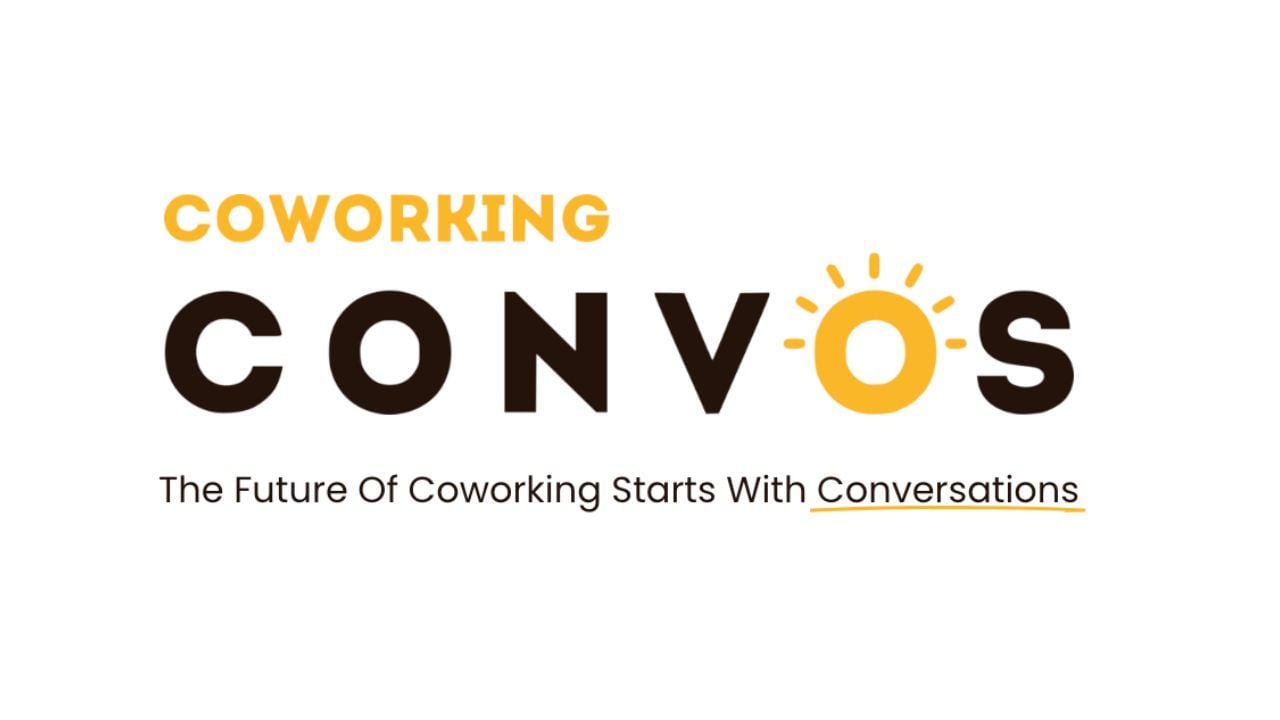A business doesn’t necessarily have to use a coworking model to enjoy the collaborative benefits of this growing office trend.
Coworking spaces typically have everyone sitting together regardless of their department, title, or rank and encourages collaboration. Enterprises can also introduce this concept even for a few times a week.
The majority of coworking spaces give members 24/7 access, which means they can work out of the office when they want to. This allows people to work during the hours that are most productive to them.
Offering a more flexible schedule in general allows staff to determine the times that work best for them and gives them the chance to work around other commitments.
Providing wellness initiatives such as yoga sessions or an on-site gym can also benefit workers’ health, which in turn can improve their productivity.
Switching up the design of each workplace can optimize efficiency, such as introducing the concept of a breakout area, open-floor plans, cubicles, or a combination of all three. Also consider the inclusion of flexible furniture that can make the office space more mobile, which can help boost creativity.
Culture in the workplace can set a business apart in a grand way and foster great relationships within each work community. Networking can work the same way and coworking is known to encourage networking through various methods. Offices can replicate this by hosting ‘lunch and learn’ sessions or putting on a larger event that relates to your industry.

 Dr. Gleb Tsipursky – The Office Whisperer
Dr. Gleb Tsipursky – The Office Whisperer Cat Johnson – Coworking Marketing Maven
Cat Johnson – Coworking Marketing Maven Angela Howard – Culture Expert
Angela Howard – Culture Expert Drew Jones – Design & Innovation
Drew Jones – Design & Innovation Andrea Pirrotti-Dranchak – Competitive Advantage
Andrea Pirrotti-Dranchak – Competitive Advantage Jonathan Price – CRE & Flex Expert
Jonathan Price – CRE & Flex Expert Jeremy Fennema – Tech Innovation Alchemist
Jeremy Fennema – Tech Innovation Alchemist










